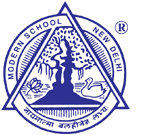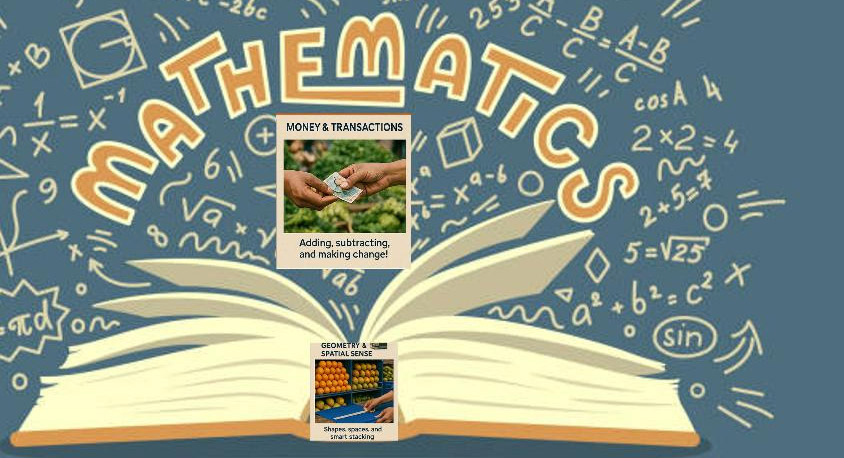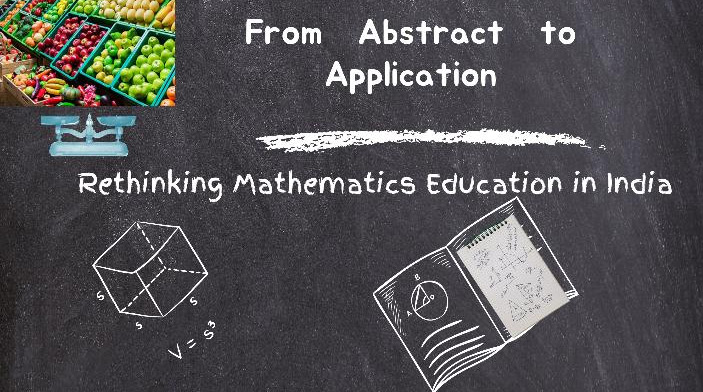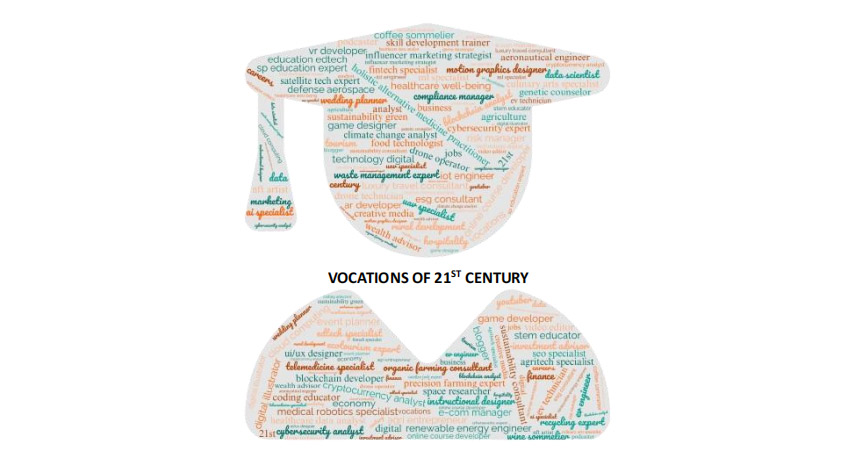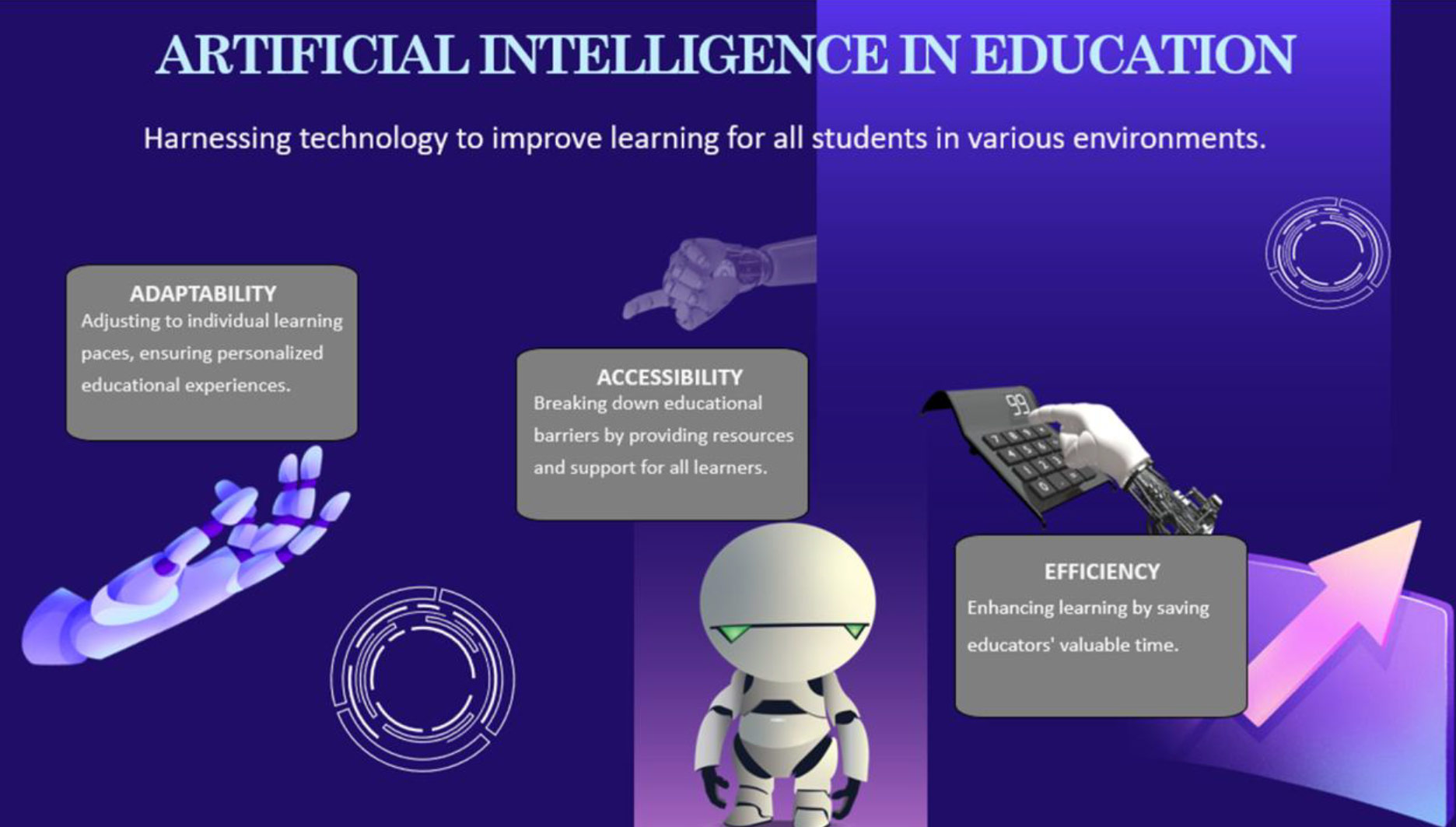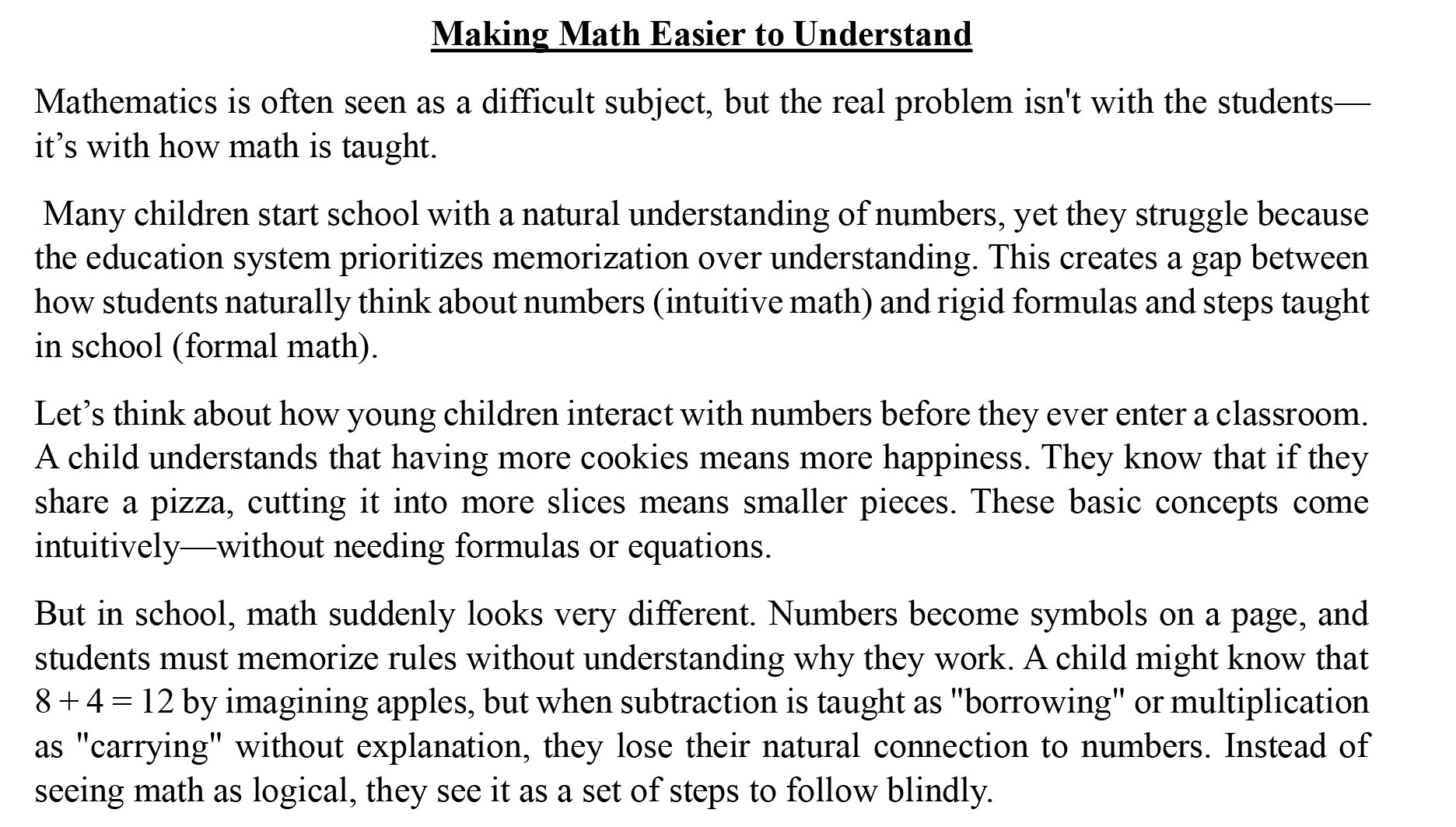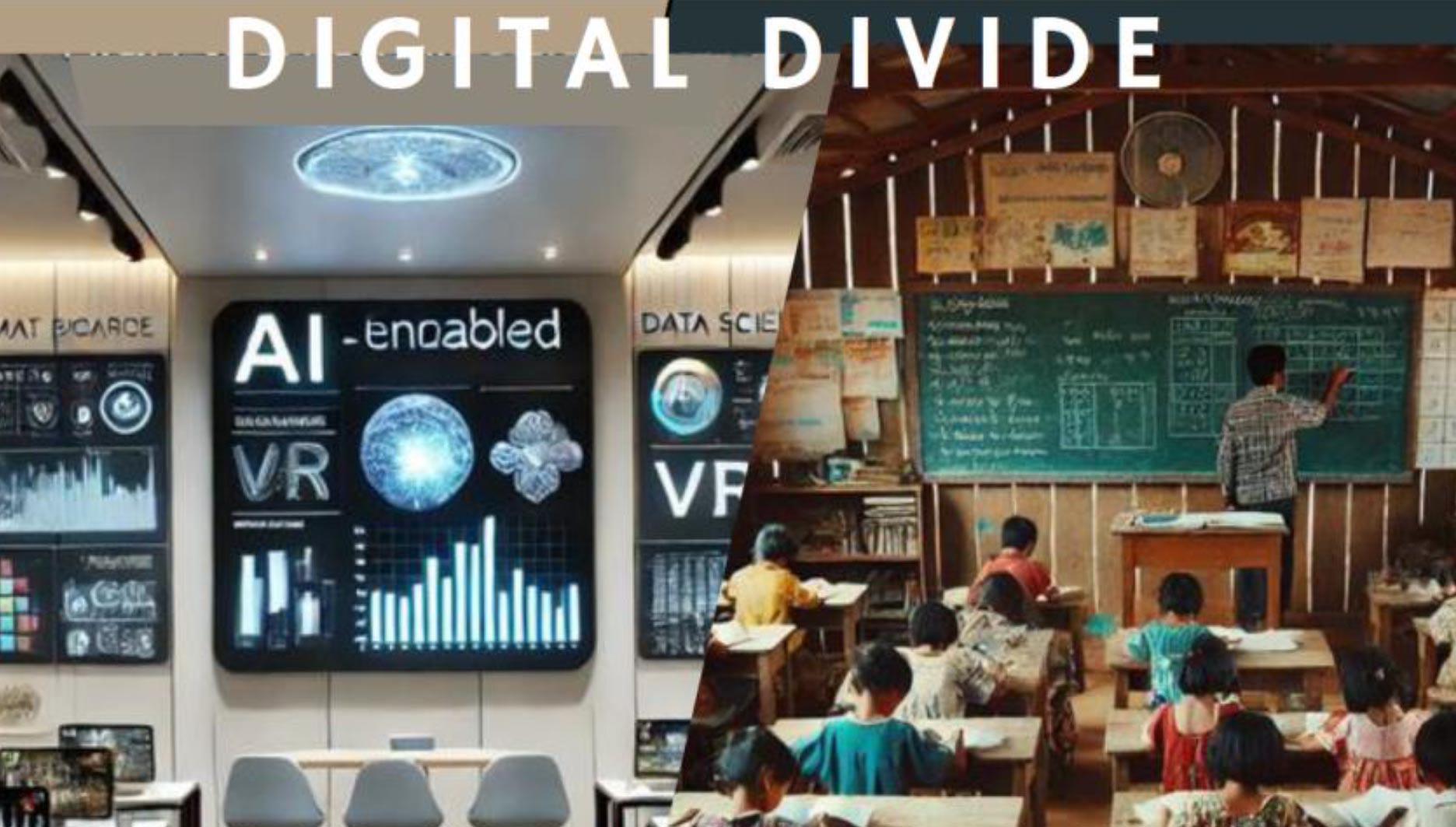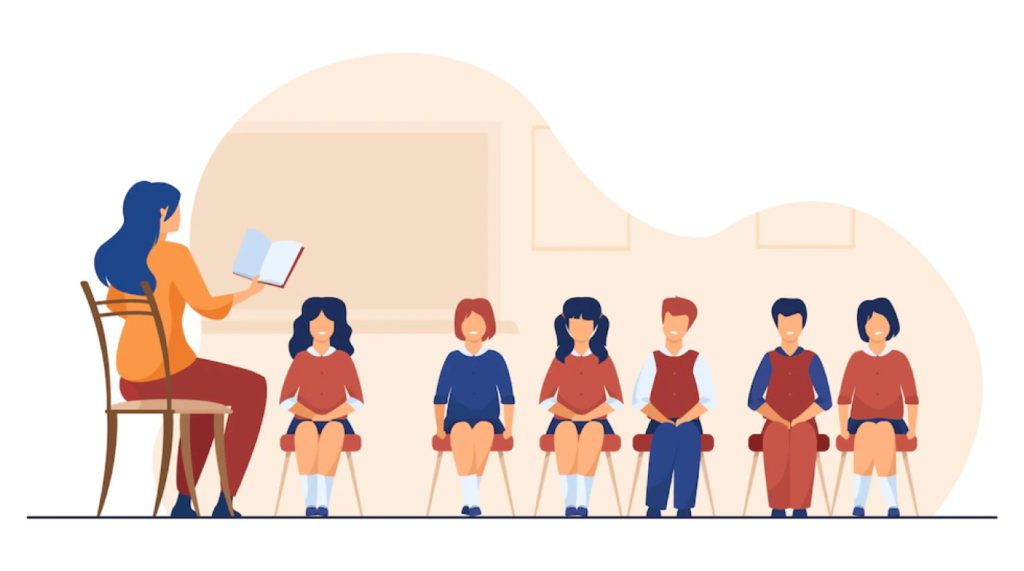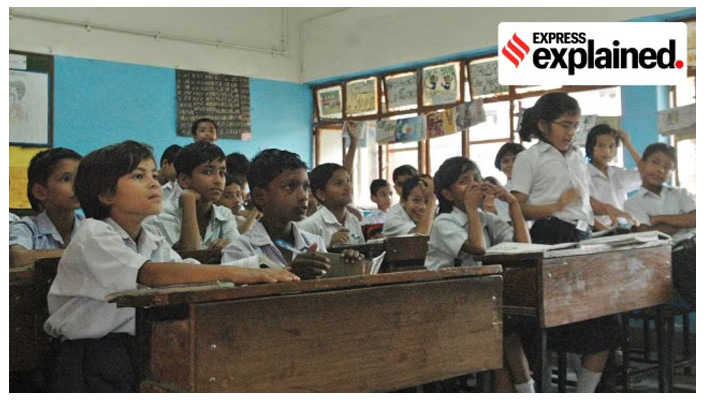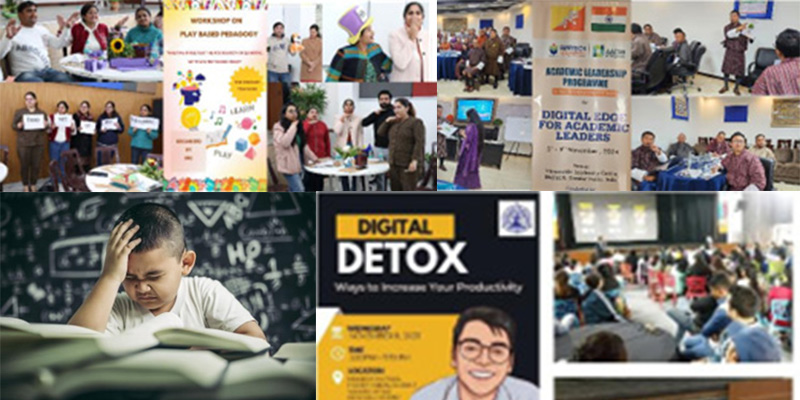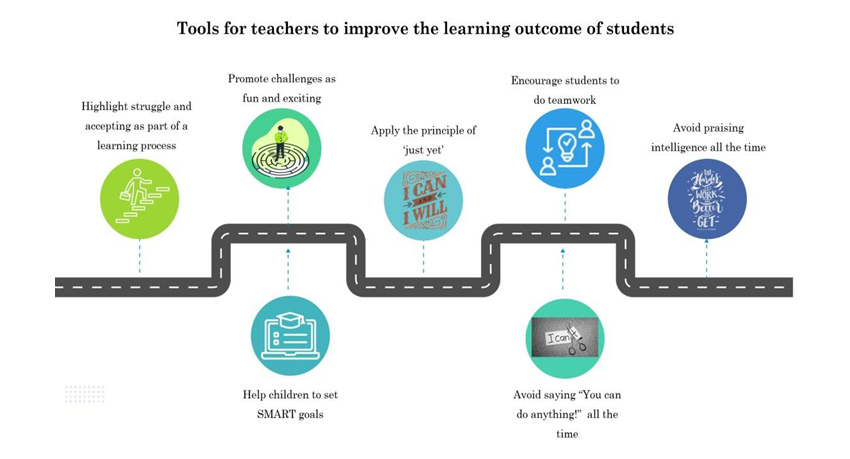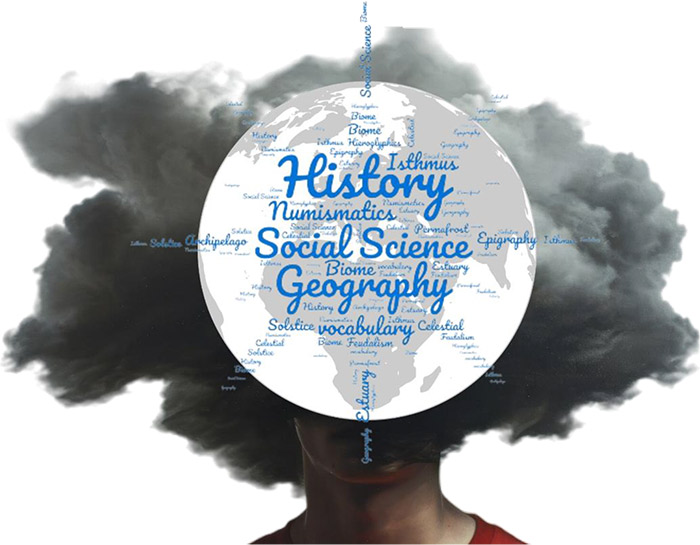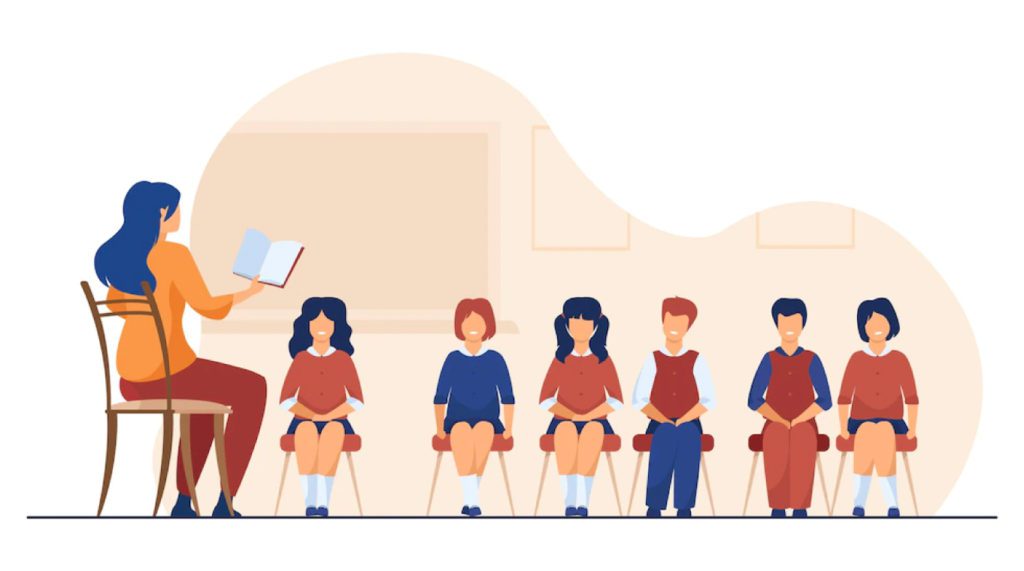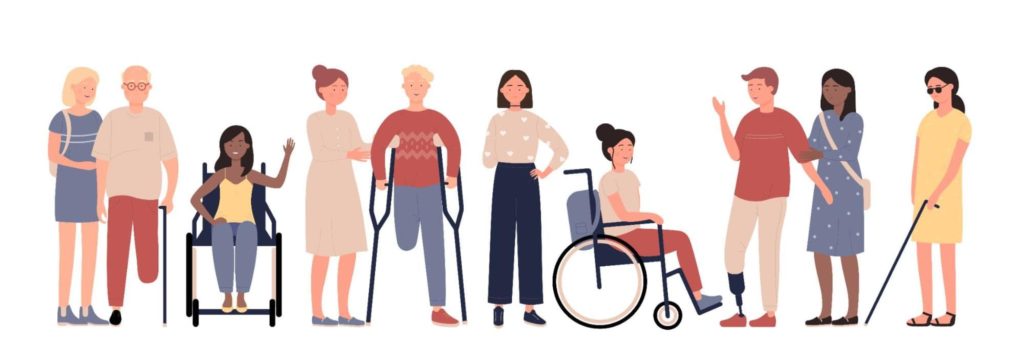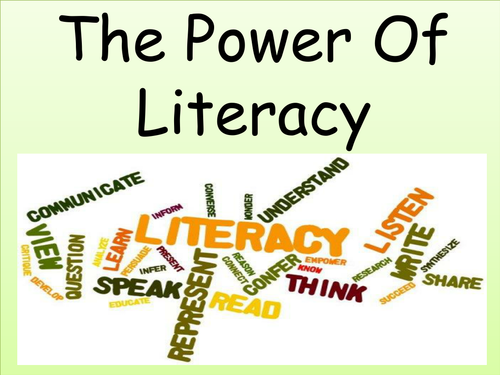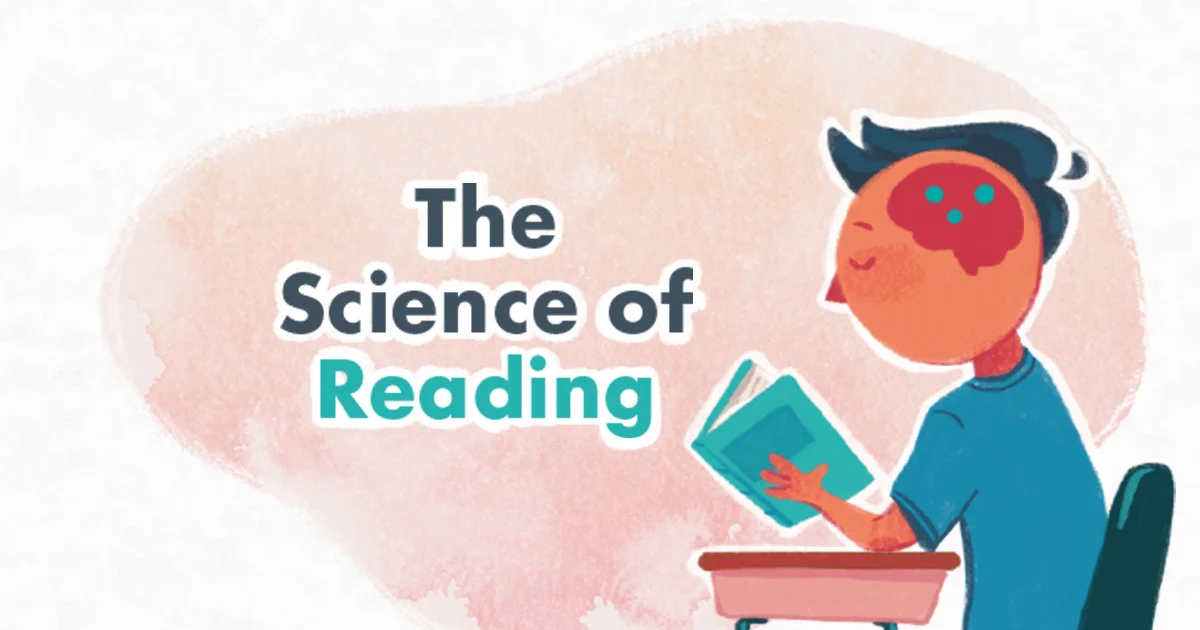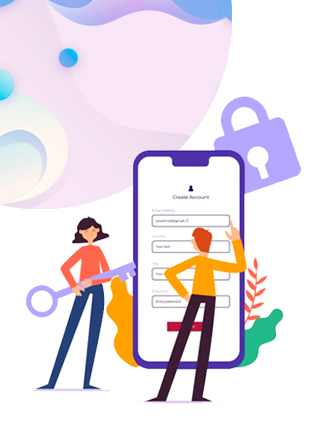In just a matter of weeks after its introduction to the market, generative artificial intelligence chatbots registered staggering number of subscribers amounting to millions. Since then, the market has been flooded with various General Artificial Intelligence (GAI) tools which perform any task that a human can. From writing tools to image generators, and even creating impressive presentations within minutes based on provided cues, it has seeped into numerous domains, spanning from health, academia, literature, to education.
The emergence of ChatGPT has revolutionized the education sector with its ability to provide personalized and adaptive learning experiences to students. It has made learning more effective by analysing the individual’s learning styles and abilities and providing support accordingly to achieve the desired goals.
AI like ChatGPT, an ocean of learning opportunities for students
AI tools like ChatGPT’s ability to provide instant feedback and support to students in their work help to save their time and increase productivity. A great boon for language learners, it provides translations, vocabulary practice, and grammar explanations to help them practice and improve their language skills. They are leveraging these GAI tools like ChatGPT not only to learn concepts but also to complete their assignments on various topics (Forbes,2023; Indiatimes.com,2023). It is to be noted here that it has successfully covered various school and college-level exams (Gilson, A., Safranek, et.al.,2023; Bahadur & Ruth, 2023). Students are even using AI tools to paraphrase their assignments to evade AI detectors.
AI like ChatGPT, a magic wand for teachers to use
Teachers can use the AI tools like ChatGPT to their own advantage in providing engaging and rewarding educational experience to their students. This effective tool can help the teachers in curriculum planning, quick generation of ideas for lesson plans, activities, and projects that align with specific learning objectives in the most innovative and productive manner. Curation of relevant resources and materials such as presentations, worksheets, quizzes, and other resources tailored to their students’ learning styles and needs for effective teaching learning experience is a boon for the teachers. Language teachers may use these tools in proofreading and editing, quickly reviewing and correcting spelling, grammar, punctuation, and syntax errors in their as well as students written work and hence saving a lot of time in giving quick and relevant feedback to students, identifying and suggesting areas of improvement.
Prevalence of AI tools in academia, need to work on assessment strategies
Knowing the inevitable arrival and intervention of AI tools like Chat GPT in school education, the policy makers and teachers need to make amendments and guidelines to accommodate the usage AI tools in teachers and students’ academic routine. On the practical 2 side, future assessments may be multi-faceted, focussing more on open-ended questions, projects related to real-world scenarios, verbal or oral components, such as presentations. Teachers may also assess their students through hands-on and practical tasks because they can help discourage the use of AI systems. Field works may also be included into the work in subjects such as geography, biology, or environmental science, where students may be asked to gather data and note down the observations in the field and submit the analysis and report.
Active learning through discussions, group work, interactive assessments, quizzes, record of students asking questions, sharing their thoughts and ideas are a few more interesting strategies for promoting deeper learning and assessing the students. In group work such as projects or assignments, students must work together to complete a task or solve a problem. Holding class debates where students must research and present arguments is highly encouraged. Using case studies that require students to analyze real-world scenarios and apply their knowledge to solve complex problems could help to mitigate effects of the excessive use of AI.
Students may also be graded on their engagement in community service projects or volunteer work, where they must apply their knowledge and skills to address real-world problems and contribute to their communities.
On another side, software developers and programmers are highly encouraged to develop and incorporate plagiarism detection software.
Finally, professors need to educate students on the ethical implications of using AI in education and the importance of developing their own knowledge and skills, rather than relying on AI systems to do the work for them. This can help foster a culture of academic integrity and discourage the use of AI systems in assessments.
Equipping teachers to techniques to diagnose the vices of AI tools like ChatGPT
Not all teachers are teachers are well versed with the AI tools entering into their professional world, a comprehensive and continuous hands-on workshops and training on different tools, their functions, pedagogical uses and their potential misuse needs to undertaken at regular intervals so that they become confident and capable in leveraging AI tools like ChatGPT to enhance their teaching methods and promote better learning experiences for their students. Teachers have to be sensitized of using AI tools responsibly and also to make them aware of potential biases in AI models.
As AI technology is continually evolving, and unfortunately also leading to spread of academic dishonesty. It is therefore very essential, that the teachers stay informed and updated with the latest developments so that they adapt the strategies accordingly to maintain the ethical values and academic integrity in their classrooms.
Teachers need to be equipped with strategies that can help teachers to identify the AI interventions in their students work. First of all the administration should provide teachers with various plagiarism detection tools to identify copied content. Teachers should be made aware of the commonly used AI tools which students use and the content created by them because that will enable them to recognize patterns and writing styles indicating AI-generated 3 content. Teachers may ask students to submit the students to submit drafts of their preliminary work in order to assess the progress and development of ideas. Asking probing and leading questions of the work submitted by students during viva can also help in detecting the geniunity of the research work conducted in competition of the assignment or project.
To conclude, it is an acceptable fact now that use of AI tools like ChatGPT cannot be banned from the classroom. Rather today’s generation will graduate into a world full of generative A.I. programs. They’ll have to live and find their niche around these tools. So it is important that they are exposed to the strengths and weaknesses of these inevitable and omnipresent tools, they might well be trained to work alongside them.
ChatGPT might also copy biases from the data trained on. This generates biased content that impacts both teaching and learning badly. The developer should ensure that the model is trained with different data sets and that it can actively mitigate against biases.
